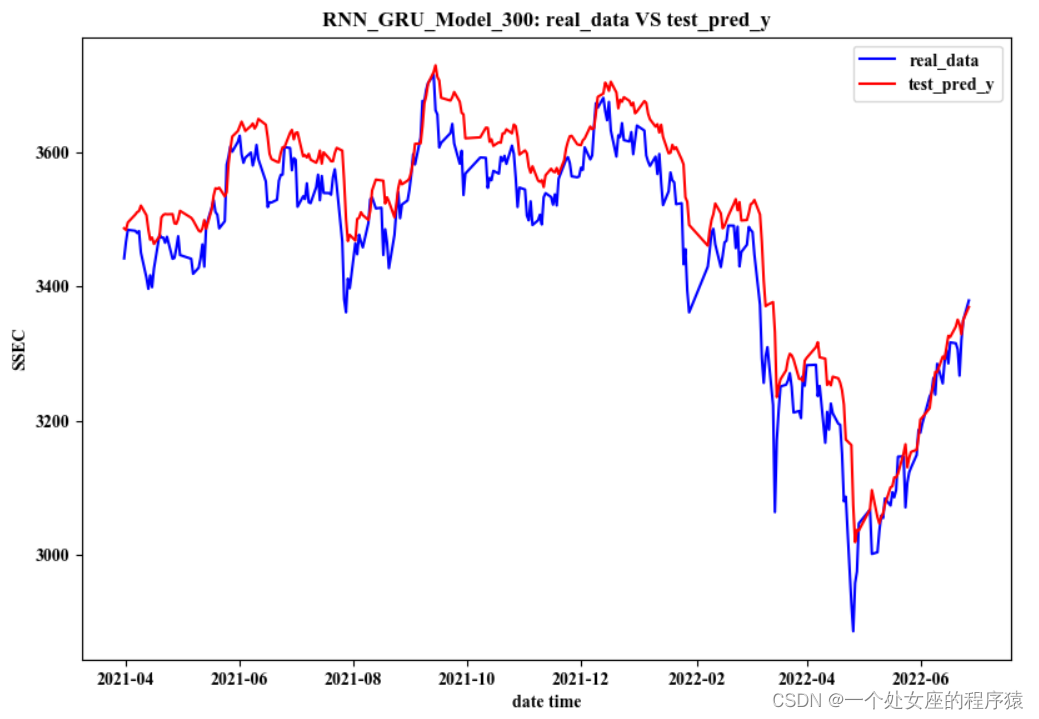文章目录
- B-W检验
- WMW检验
- Mood方差检验
- Moses方差检验
B-W检验
Brown-Mood检验与符号检验的思想类似,仅比较了两组数据的符号;类似于单样本的Wilcoxon符号秩检验,利用更多信息构造检验


BM.test<-function(x,y,alt='two.sided')
{xy<-c(x,y)m<-length(x)n<-length(y)md.xy<-median(xy)t.val<-sum(xy>md.xy)A<-sum(x>md.xy)count.table<-matrix(c(A,m-A,m,t.val-A,n-(t.val-A),n,t.val,m+n-t.val,m+n),nr=3,nc=3,byrow = F)colnames(count.table)<-c('X','Y','X+Y')row.names(count.table)<-c('>MXY','<MXY','TOTAL')if(alt=='two.sided'){p.value=2*min(phyper(A,m,n,t.val),phyper(A-1,m,n,t.val,lower.tail=F))}if(alt=='greater'){p.value=phyper(A-1,m,n,t.val,lower.tail = F)}if(alt=='less'){p.value=phyper(A,m,n,t.val)}list(count.table=count.table,p.value=p.value)
}
x<-c(698,688,675,656,655,648,640,639,620)
y<-c(780,754,740,712,693,680,621)
BM.test(x,y)
$count.tableX Y X+Y
>MXY 2 6 8
<MXY 7 1 8
TOTAL 9 7 16$p.value
[1] 0.04055944
在显著性水平𝜶=𝟎.𝟎𝟓时, 𝒑值< 𝜶,拒绝原假设,认为两个不同品牌显示器在不同商场的零售价格存在差异
同样可以使用package来直接调用mood.test函数
library('RVAideMemoire')
response<-c(x,y)
fact<-c(rep('A',length(x)),rep('B',length(y)))
fact<-as.factor(fact)
mood.medtest(response~fact)
Mood's median testdata: response by fact
p-value = 0.04056
library('coin')
median_test(response~fact,distribution='exact')
Exact Two-Sample Brown-Mood Median Testdata: response by fact (A, B)
Z = -2.4398, p-value = 0.04056
alternative hypothesis: true mu is not equal to 0
WMW检验
在原假设下, 𝑾 𝑿 𝒀 𝑾_{𝑿𝒀} WXY和 𝑾 𝒀 𝑿 𝑾_{𝒀𝑿} WYX同分布,称为Mann-Whitney统计量
Mann-Whitney检验(Mann-Whitney于1947年提出,不等样本)与两样本的Wilcoxon秩和检验(Wilcoxon于1945年提出,等样本)等价,因此也称为Wilcoxon-Mann-Whitney检验

weight.low<-c(134,146,104,119,124,161,107,83,113,129,97,123)
weight.high<-c(70,118,101,85,112,132,94)
wilcox.test(weight.high,weight.low)
wilcox.test(weight.high,weight.low,exact = F)
不带修正
Wilcoxon rank sum exact testdata: weight.high and weight.low
W = 22, p-value = 0.1003
alternative hypothesis: true location shift is not equal to 0
带修正
Wilcoxon rank sum test with continuitycorrectiondata: weight.high and weight.low
W = 22, p-value = 0.09934
alternative hypothesis: true location shift is not equal to 0
Mood方差检验
从秩的角度很难区分样本是否分散的问题。
前提:Mood检验法假定两位置参数相等,所以在采用Mood检验之前需要进行两样本位置参数检验。
x<-c(4,5,6,5,7,10,12)
y<-c(6,7,2,8,9,9,8)
mood.test(x,y)
Mood two-sample test of scaledata: x and y
Z = 1.6514, p-value = 0.09865
alternative hypothesis: two.sided
Moses方差检验
Moses于1963年提出一种无需事先假定两分布位置参数相等的检验两总体方差相等的方法,应用较广。
x<-c(8.2,10.7,7.5,14.6,6.3,9.2,11.9,5.6,12.8,5.2,4.9,13.5)
y<-c(4.7,6.3,5.2,6.8,5.6,4.2,6.0,7.4,8.1,6.5)
VarRank<-function(x,y,K=3)
{m1<-floor(length(x)/K)m2<-floor(length(y)/K)x.VR<-NULLy.VR<-NULLx.temp<-xy.temp<-yfor (r in 1:m1){x.index<-sample(1:length(x.temp),K)x.VR<-c(x.VR,var(x.temp[x.index])*(K-1))x.temp<-x.temp[-x.index]}for (s in 1:m2){y.index<-sample(1:length(y.temp),K)y.VR<-c(y.VR,var(y.temp[y.index])*(K-1))y.temp<-y.temp[-y.index]}list(m1=m1,m2=m2,x.VR=x.VR,y.VR=y.VR)
}
re<-VarRank(x,y)
wilcox.test(re$x.VR,re$y.VR)
Wilcoxon rank sum exact testdata: re$x.VR and re$y.VR
W = 12, p-value = 0.05714
alternative hypothesis: true location shift is not equal to 0




